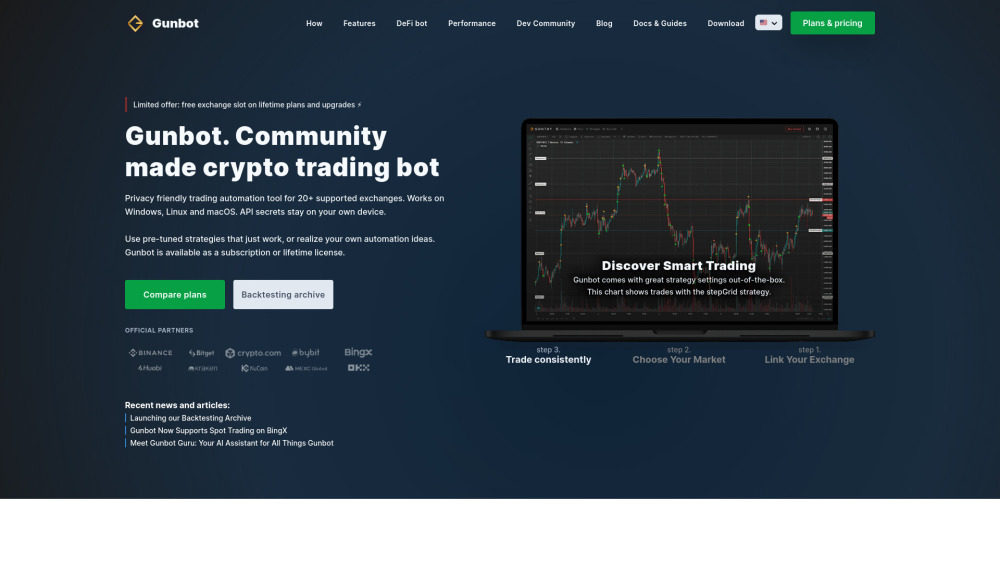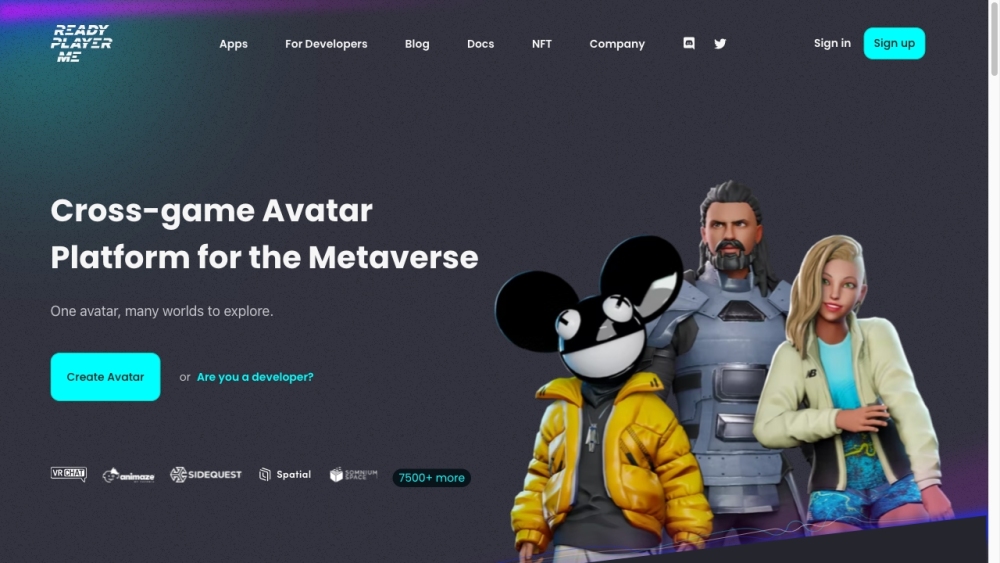Recently, SuperCLUE released its October rankings for Chinese language AI models, with GPT-4 maintaining the top position. Vivo's self-developed AI model scored 70.74, placing it fourth overall and ranking first among Chinese models. Following it are Moonshot, Baidu’s Wenxin Yiyan 4.0, and SenseChat 3.0 from SenseTime. SuperCLUE noted that the landscape of first-tier Chinese AI models is now established. Vivo's model is now very close to GPT-3.5, yet still distant from GPT-4, with no signs of a model that matches GPT-4's capabilities.
The rankings highlight fierce competition within China’s AI model market. Vivo’s model leads in overall rankings, multi-turn question handling (OPEN rank), and foundational capability rankings. Wenxin Yiyan 4.0 and SenseChat 3.0 landed among the top three in the objective questions (OPT) rankings. Each model exhibits relative competitive advantages in specific domains.
AIGC, or AI-Generated Content, leverages advanced technologies such as large pre-trained models and generative adversarial networks (GANs) to identify patterns from existing data and generate relevant content. The introduction of ChatGPT and Stable Diffusion in 2022 marked the beginning of the AIGC era, and the subsequent emergence of models like GPT-4 and Midjourney V5 in 2023 underscores AIGC's position as a key technological trend.
China's AIGC industry consists of three structural layers: infrastructure, model, and application. Leading public companies in this sector include Baidu and Tencent, while prominent private entities feature Alibaba and Douyin Group. Remarkably, companies such as Superparameters and Xiaoice have already achieved unicorn status, and Minmax's valuation is rumored to exceed one billion dollars.
The growing AIGC industry has attracted diverse participants, including major internet firms, AI companies, and research institutions. Currently, competition is most intense at the application layer, making it the most suitable entry point for startups.
Market analysis indicates that major internet companies in China's AIGC sector have a distinct advantage by integrating resources with their core business to develop proprietary models, thereby obtaining industry pricing power and enhancing ecosystem development. Key players such as Huawei, Baidu, Tencent, and the emerging unicorn Xiaoice are highlighted for market share analysis.
SuperCLUE anticipates that by Q4 this year, a general-purpose model will emerge that surpasses GPT-3.5, but surpassing GPT-4 remains a significant challenge for Chinese model developers. Yu Mingchuan, CTO of the Chengdu Intelligent Computing Center, stated that since 2023, the AIGC models have progressed from basic capabilities to open capabilities, soon entering a phase of integrating industry knowledge.
In the coming year, large models are expected to gradually penetrate sectors like finance, healthcare, media, and biology to facilitate sector-specific applications. Yu predicts that as large models integrate into production systems, they will address over 50% of core scenarios within two years, requiring innovations from single-node computing to cluster computing and overall system enhancements.
For more in-depth analysis, refer to the Qianzhan Industry Research Institute's report on the development prospects and investment strategies for China's AIGC industry.





